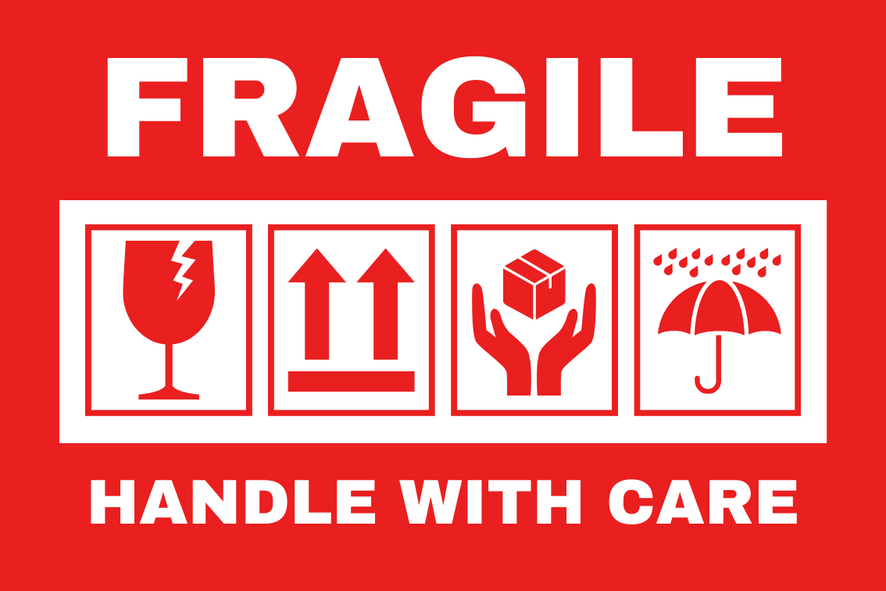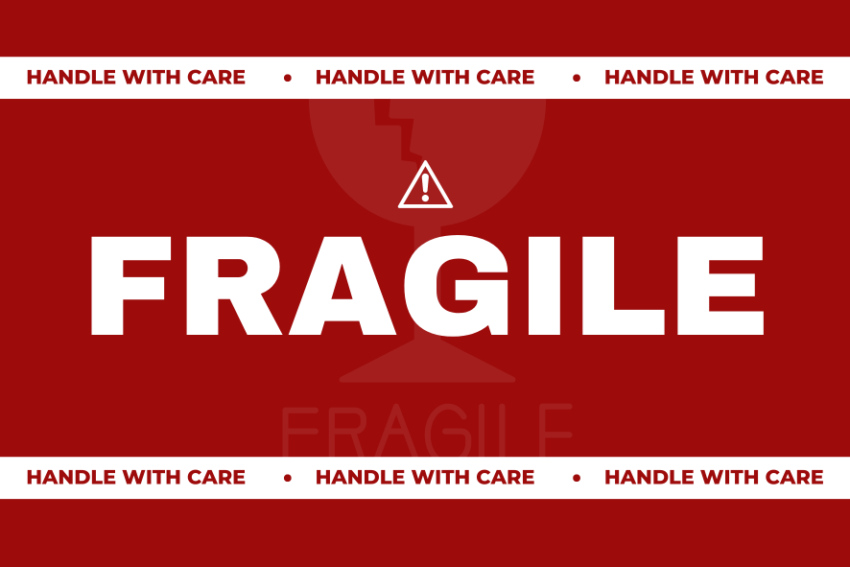Moving to a new location can be an adventurous experience, but it can also be rather difficult, especially when it comes to transporting delicate art and antiques. These sensitive objects require extra care to make sure they arrive to their new location undamaged, whether you are moving across town or across the country. This post will go over the finest techniques for handling the packaging and shipment of your priceless antiques and artwork.

Introduction
There is a lot of planning and attention to detail involved in moving delicate antiques and artwork. These things might be beyond repair, and any harm they sustain during the journey might be disastrous. Therefore, it’s crucial to take the appropriate actions to protect the security of your collection while being moved.
Assessing Your Collection
It’s crucial to evaluate your collection and decide which things need special handling before you start packing. Make a list of the artwork and antiques in your collection that require further care. Think about things like age, condition, value, and fragility. This will enable you to assess the level of care needed for each item and make the necessary plans.
Preparing for Packing
Once you finish assessing your collection, get ready to pack. To make packing more effective, start by cleaning up and organising your possessions. Make sure your collection is accessible, remove any extraneous goods that don’t need to be packed, and remove any unnecessary stuff.
Choosing the Right Packing Materials
For your antiques and artwork to be protected during the journey, you must use the appropriate packaging supplies. Invest in premium supplies including strong boxes, bubble wrap, packing paper, and tape. Additionally, it’s crucial to select the proper size boxes for your belongings in order to prevent shifting during transit.
Wrapping Your Antiques and Artwork
Use a layering strategy when wrapping your art and antiques for optimal protection. The object should first be wrapped in acid-free packing paper or tissue paper before being covered in a layer of bubble wrap. Use packing tape to hold the bubble wrap in place. Consider adding additional layers of protection, such as foam padding or cardboard corner protectors, for very fragile goods.
Packing and Labeling Boxes
Make sure to box your wrapped things tightly to prevent movement during transportation. Each box should be marked with the contents and the room it belongs in. It will be simpler to unpack and arrange your collection at your new house as a result.
Loading the Truck
Your artwork and antiques should be loaded in the rear of the vehicle and secured there with straps or bungee cords. To avoid damage from shifting during transit, make sure they are not stacked on top of other objects.
Transporting Your Items
To safeguard the security of your antiques and artwork during transit, extra care must be taken. Avoid any rapid stops or twists while driving slowly, and use caution when crossing rocky or uneven terrain.
Unpacking and Setting Up Your Collection
Take your time and unpack each piece carefully before carefully setting up your collection. Check each item for any possible transportation-related damage. Take pictures and record any damage you find for insurance purposes. Consider aspects like lighting, humidity, and temperature when arranging your collection, and make sure each piece is placed in a secure area.
Tips for Long-Term Storage
Take particular care to safeguard your artwork and antiques if you need to preserve them for a long time to prevent harm. Pick a climate-controlled storage facility with a strong security system. Each item should be wrapped in acid-free tissue paper and put in a strong box with the contents and the date of storage labelled. To keep objects off the ground, avoid piling boxes on top of each other and utilise shelving.
Conclusion
It takes a lot of planning and attention to details for transporting delicate art and antiques. You can make sure your belongings stay secure during the transfer by evaluating your collection, picking the appropriate packing supplies, and taking additional care while transporting them. These pointers will make the process easier and less stressful, whether you’re moving across town or across the nation.
FAQ
Regular packing materials shouldn’t be used because they might not offer sufficient protection for fragile objects. It is recommended to spend money on premium packing supplies made especially for fragile objects.
It is typically advised to work with a reputable moving company that specialises in transporting delicate items. They have the tools and know-how to carefully handle delicate objects.
Each item should be wrapped in acid-free tissue paper before being put in a strong box. Pick a climate-controlled storage facility with a strong security system, label the contents and the date of storage, and store your items there.
For insurance purposes, document the damage using pictures. As soon as you can, get in touch with your insurance company and submit a claim.
Depending on the distance of the relocation, the quantity of objects of art, and the level of care necessary, the cost of moving delicate antiques and artwork can change. The easiest way to compare costs and services is to request quotes from several moving companies.

